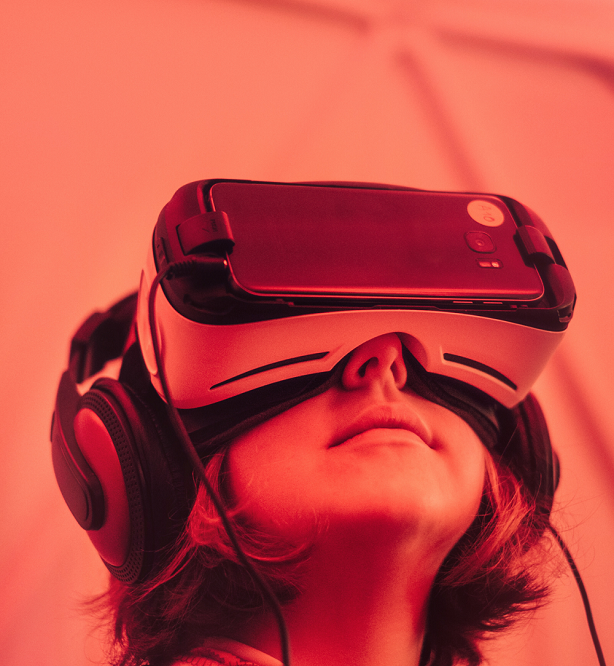At the #AISummit early this summer, I was interested to see that one of the most popular demos on the SAS stand was of object detection. A camera was detecting the nature of an object waved in front of it and tracking it moving through the livestream.
This was a demonstration of a field of artificial intelligence known as computer vision. This technology trains computers to interpret and understand the visual world. The idea is that machines use digital images from cameras or videos coupled with deep learning models. They can then accurately identify and classify objects and react to those objects.
To be fair, you will always notice when you realise that the object you have seen out of the corner of your eye is actually you! However, the interest went well beyond a simple "Oh, look, that’s me!", and I think the level of engagement may be something of a pointer to the future.

A picture is worth a thousand words
It has long been said that a picture is worth a thousand words. It is certainly true that visual presentations of analytic results are often easier to understand than text. However, visual analytics, and particularly computer vision, goes far beyond this.
In health care, for example, medical imaging is an important field because it supports diagnostics. Every year, millions of women worldwide attend cervical screening appointments. Each smear test slide has to be examined individually to detect anomalies. Ten or 20 years ago, the only way to do this was for a technician to sit at a microscope and patiently scan each slide. Over the course of a day, each technician might look at more than 100 slides. It is, therefore, unsurprising that they made mistakes. It is perhaps more surprising that they did not make more mistakes. Computer scanning of slides is not only quicker, but also more accurate. Using computers reduces both false positive and false negative rates. Though interestingly, the best detection rates are from a human-machine partnership, with each able to detect areas missed by the other.
Protecting endangered animals
Conservationists are also using AI computer vision to protect endangered wild animals. SAS’ WildTrack project uses computers to recreate the skills of human trackers, but on a much wider scale. Images of footprints can provide information about species, location, movement, and more, and offer valuable tools to conservationists to identify potential conflicts between humans and animals.
#Artificial intelligence in the form of computer #vision is being used in fields like #animal protection or #healthcare - learn more about it! Click To TweetCloser to home, computer vision has been used in energy generation to support proactive maintenance of hydroelectric grids. Training a computer to analyse images from a camera at a remote site means that engineers can save themselves a long journey to a remote asset like a hydroelectric grid. It also means that they can be alerted when there is an issue with a grid, and travel outside planned maintenance visits, to improve the efficiency of generation.
Addressing issues and challenges
Of course, there are challenges for computer vision technology. Perhaps the biggest is the issue of training data. How do you train the system to recognise a particular object from another? This is fine when you want to recognise, say, a cup or a cat. There are plenty of pictures of those to use as training data. It is, however, harder to identify the footprint of one particular cheetah, or a cell that is just slightly abnormal.
These, though, are issues that can be overcome. Use of more images, and monitoring of the development of the algorithm in training and in use, are both essential steps in this. What is certain is that computer vision enables analysis of data that could not previously be used, adding huge value across businesses, the public sector and beyond.
You can find out more about computer vision from the SAS webinar What’s Your (Computer) Vision for AI? This discusses existing use cases for computer vision, explains how deep learning applications work, and helps you to understand how to move AI applications out of development and help them to deliver business value.
How are you augmenting your stories? sas.com/computervision
